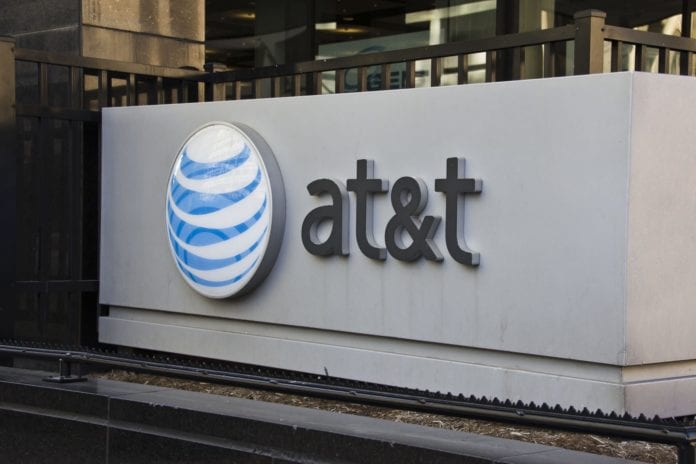As AT&T reported its quarterly earnings, CFO John Stephens expressed some reservations about the clarity of the business case for 5G fixed wireless access, and said that the operator is “more excited” about other things it has in motion, including its build-out of Band 14 for the First Responders Network Authority, its fiber build and its mobile 5G and “5G Evolution” (which utilizes LTE Advanced Pro features).
Stephens said during the company’s quarterly call that AT&T’s tests “have shown [5G fixed wireless access] can be done. We can do it. The opportunity there is something that we have to prove out. We’re not as excited about the business case. It’s not as compelling yet for us as it may be for some.”
He said that AT&T is seeing favorable technical results from its FWA trials, with “gigabit-plus speeds under line-of-sight conditions to distances up to 900 feet … with extremely low latency rates, some as low as 9 milliseconds. These trials as shown in millimeter-wave is able to penetrate foliage, glass and even walls better than anticipated, with no discernible signal performance impacts due to rain, snow or other weather issues.
While FWA is technically achievable, there are other factors playing in to deployment decisions. Stephens said that to get fixed wireless access to residential neighborhoods, where still needs to be backhaul infrastructure in place from the FWA sites, and added that “depending upon your ability to successfully pick who’s going to buy, and how much we’re going to need is going to be a very tricky business case.” He went on to sat that although AT&T expects to have the backhaul capability in place, between its fiber build-out and its work related to FirstNet, but that “quite frankly, if we’ve got FirstNet and we’ve got fiber there, it may be just as effective and maybe even a better quality product to give those customers fiber-to-the-home.” While he said that the company continues to explore FWA, “right now, we are more excited … about our FirstNet opportunity, about the fiber capabilities that we’re building … and quite frankly, about the overall 5G Evolution and 5G capabilities in our overall [mobile] network serving much of the mobile broadband demands that are out there.”
AT&T reported 3.2 million total wireless net additions for the quarter, of which 2.6 million domestic adds were driven by connected devices and prepaid gains — prepaid numbers were 192,000. AT&T had 543,000 net adds in Mexico this quarter.
AT&T said it had its best-ever first quarter postpaid phone churn of 0.84%.
Still, revenues were down slightly from last year, and analysts dinged the carrier for margin pressure due to aggressive pricing offers in wireless. AT&T has adopted new rules on when it recognizes revenue, leading to a bit of a “messy quarter” in reporting apples-to-apples, as Cowen & Co. analysts put it. The operator said that consolidated revenues for the quarter were $38 billion, down from $39.4 billion in the year-ago period, but would have been down 1.1% at $38.9 billion under the old rules.
Capital spending was $6.1 billion during the first quarter.
Postpaid phone net adds improved by 300,000 compared to the same period last year, but that still meant postpaid phone losses of 22,000. The carrier’s upgrade rate was 4.3%. Wireless revenues were up nearly 4%.
Among the other highlights:
-Stephens said that AT&T’s bundling strategy is paying off, and that “a growing number of our existing mobility customers are bundling their wireless with our video and our broadband services. These are the most valuable customers with churn significantly lower than single-service customers.”
-AT&T said that its fiber network now passes more than 8 million customer locations, most of them residential — and Stephens told analysts that in places where AT&T has been marketing its fiber offering for two years, its penetration rate is nearly 50%. AT&T expects to have fiber availability in about 10 million locations by the end of the year.
-Stephens said that AT&T is starting to see operating savings from moving to a virtualized network. More than 55% of AT&T’s network functions were virtualized at the end of last year, he added, and the carrier aims to be at 65% by the end of this year to meet or exceed its goal of 75% virtualization by 2020.
-Stephens gave a bit of an update on FirstNet subscribers, saying that nearly 650 agencies have now signed on for the service. “We see this as a real growth opportunity,” he said, adding that AT&T plans to add Band 14 support for about one-third of its cell sites this year.
“With FirstNet, 5G and [our] fiber build, our network development has never moved at a faster pace,” Stephens said. “We’re excited about the progress we’re making and even more excited about where our network will be in a very short time.”

